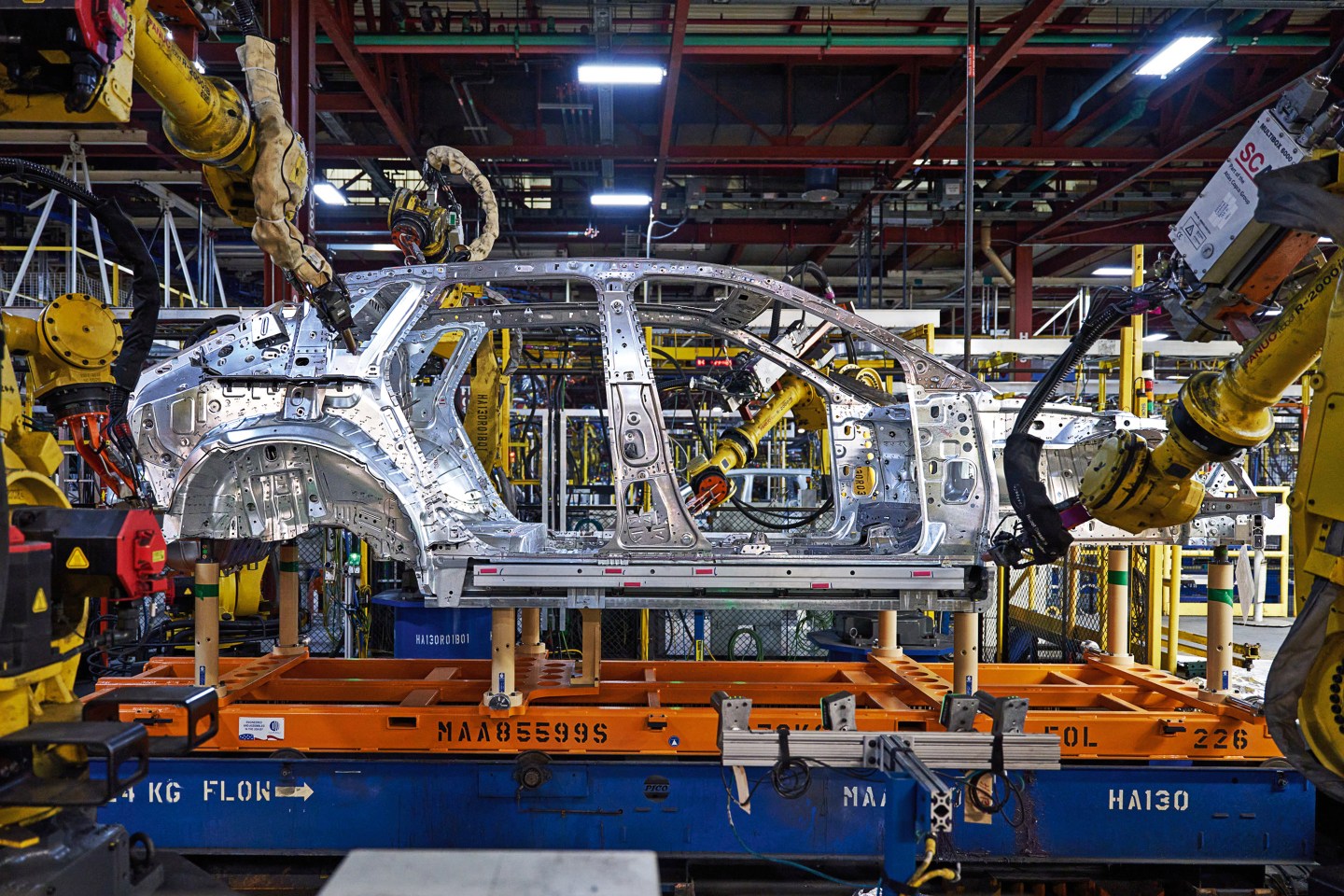Change the World 2023
ChargePoint, General Motors, SK On Co., Tesla The United States is a nation of drivers. Americans own more cars and trucks per capita than citizens of any other major nation—some 275 million in all, according to the U.S. Census. And those cars and trucks account for 23.5% of the country’s greenhouse-gas emissions, a higher share than in most other countries. So as the climate crisis grows more urgent, converting more of that massive fleet from internal combustion to electricity is one of the world’s most important net-zero missions. Things are trending in the right direction: EVs accounted for a record 7.2% of U.S. auto sales in the second quarter of 2023. That share would undeniably be lower if it weren’t for Tesla, the first company to persuade Americans that fully electric cars could be both attractive and practical; there are some 1.3 million Teslas on the road in the States today. (For more on the environmental legacy of Tesla CEO Elon Musk, see the story from the October/November issue of Fortune.) Still, even after recent price reductions, most Teslas cost more than the average car. The next phase of bringing EVs to the U.S. masses may belong to General Motors. Under CEO Mary Barra, GM has committed to selling only EVs by 2035—a bigger commitment than any other full-line automaker. By the end of this year, the Detroit giant will have nine electric models available (Tesla currently sells four). GM’s lineup will include a pickup and two family-size SUVs—the categories U.S. consumers gravitate to most—along with two models, the Equinox and the Bolt, priced in the $30,000 range. The key to that breadth is GM’s Ultium platform, which enables the company to use the same battery and powertrain architecture across multiple EV models: “It lowers our costs and makes it easier for us to scale,” explains Kristen Siemen, GM’s chief sustainability officer. The path to an all-electric fleet won’t be smooth. In late September, GM, Ford, and Stellantis were locked in a labor dispute with the United Auto Workers in which EVs were a major sticking point—EVs have fewer parts, and thus require fewer workers to assemble. But if GM can simultaneously broaden access to electric cars and provide its workforce with good-paying jobs building them, it will have pulled off a social-impact coup. Range anxiety, or the fear of not having access to a charger when you need one, has been a major obstacle to EV adoption. No company has done more to quell that anxiety than ChargePoint, whose charging network now includes more than 240,000 vehicle locations; its app steers EV drivers to the power points nearest them. The company has also teamed up with GM, Tesla, and a host of other car manufacturers to join the North American Charging Standard (NACS), which aims to develop a single standard EV connector across the U.S. and Canada. Another source of anxiety is the EV-battery supply chain—not least because China has long dominated that industry. South Korea’s SK On has helped jump-start battery manufacturing in the U.S. The company has opened a factory in Georgia; in joint ventures with Ford and Hyundai, it has another four under construction in that state, Kentucky, and Tennessee. By 2025, those facilities collectively will be producing batteries for about 1.5 million EVs a year—more vital pieces in the remaking of Auto Nation. —Matt Heimer
 Courtesy of JD Adams/General Motors
Courtesy of JD Adams/General Motors